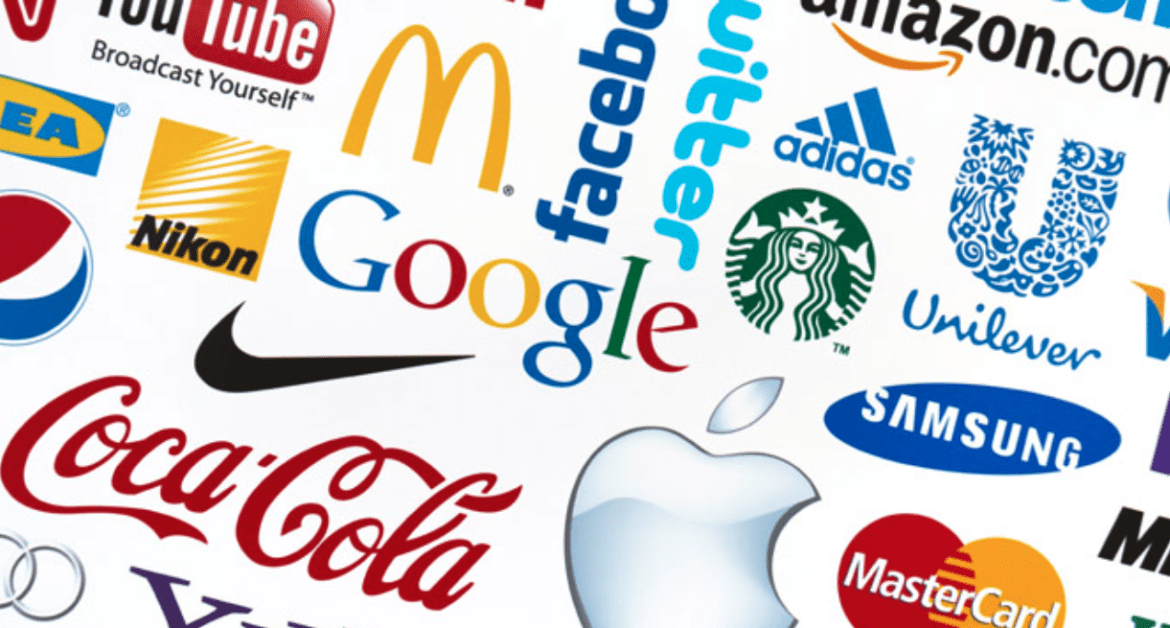Summary. Social media was supposed to usher in a golden age of branding. But things didn’t turn out that way.
Marketers originally thought that Facebook, YouTube, and Twitter would let them bypass mainstream media and connect directly with customers. Hoping to attract huge audiences to their brands, they spent billions producing their own creative content. But consumers never showed up. In fact, social media seems to have made brands less significant.
What happened? The issue is, social media has transformed how culture works, in a way that weakens certain branding techniques. It has united once-isolated communities into influential crowdcultures. Crowdcultures are very prolific cultural innovators. Their members produce their own content—so well that companies simply can’t compete. Consider that people making videos in their living rooms top the charts on YouTube, which few companies have managed to crack.
While they diminish the impact of branded content, crowdcultures grease the wheels for an alternative approach, cultural branding. In it, a brand sets itself apart by promoting a new ideology that springs from the crowd. Chipotle did this successfully when it made two short films critiquing industrial food, tapping into a movement that began in the organic-farming subculture and blew up into a mainstream concern on social media. Other good examples come from personal care. Axe revived its brand by becoming an over-the-top cheerleader for the “lad” crowd that arose as a response to politically correct gender politics. Dove championed the other side of the divide, with campaigns that spoke to crowdculture concerns about unhealthy beauty standards for women.
Brands succeed when they break through in culture, and crowdcultures are a great vehicle for doing that. But firms can’t identify the critical opportunities by relying on traditional segmentation and trend reports.
In the era of Facebook and YouTube, brand building has become a vexing challenge. This is not how things were supposed to turn out. A decade ago most companies were heralding the arrival of a new golden age of branding. They hired creative agencies and armies of technologists to insert brands throughout the digital universe. Viral, buzz, memes, stickiness, and form factor became the lingua franca of branding. But despite all the hoopla, such efforts have had very little payoff.
As a central feature of their digital strategy, companies made huge bets on what is often called branded content. The thinking went like this: Social media would allow your company to leapfrog traditional media and forge relationships directly with customers. If you told them great stories and connected with them in real time, your brand would become a hub for a community of consumers. Businesses have invested billions pursuing this vision. Yet few brands have generated meaningful consumer interest online. In fact, social media seems to have made brands less significant. What has gone wrong?
To solve this puzzle, we need to remember that brands succeed when they break through in culture. And branding is a set of techniques designed to generate cultural relevance. Digital technologies have not only created potent new social networks but also dramatically altered how culture works. Digital crowds now serve as very effective and prolific innovators of culture—a phenomenon I call crowdculture. Crowdculture changes the rules of branding—which techniques work and which do not. If we understand crowdculture, then, we can figure out why branded-content strategies have fallen flat—and what alternative branding methods are empowered by social media.
Why Branded Content and Sponsorships Used to Work
While promoters insist that branded content is a hot new thing, it’s actually a relic of the mass media age that has been repackaged as a digital concept. In the early days of that era, companies borrowed approaches from popular entertainment to make their brands famous, using short-form storytelling, cinematic tricks, songs, and empathetic characters to win over audiences. Classic ads like Alka-Seltzer’s “I Can’t Believe I Ate the Whole Thing,” Frito-Lay’s “Frito Bandito,” and Farrah Fawcett “creaming” Joe Namath with Noxema all snuck into popular culture by amusing audiences.
This early form of branded content worked well because…



